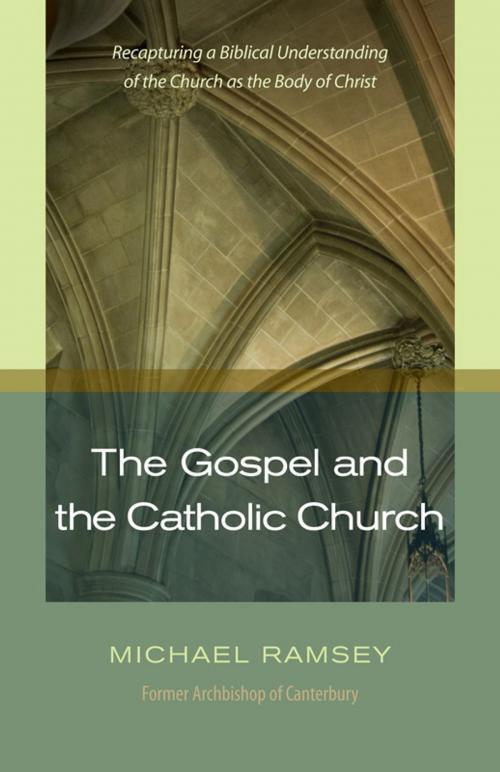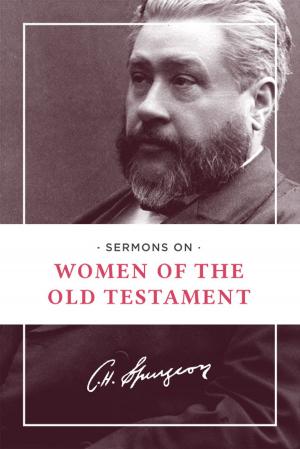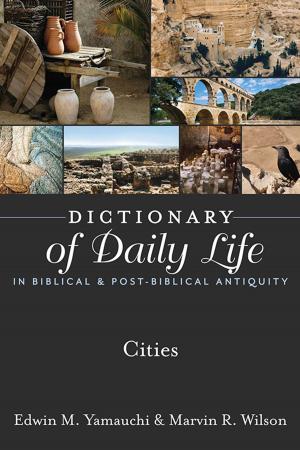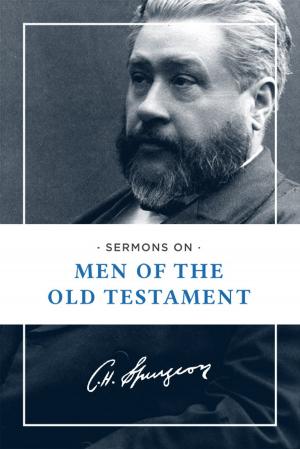The Gospel and the Catholic Church
Nonfiction, Religion & Spirituality, Christianity, Denominations, Anglicanism, Other Practices| Author: | Michael Ramsey | ISBN: | 9781598565362 |
| Publisher: | Hendrickson Publishers | Publication: | December 15, 2009 |
| Imprint: | Language: | English |
| Author: | Michael Ramsey |
| ISBN: | 9781598565362 |
| Publisher: | Hendrickson Publishers |
| Publication: | December 15, 2009 |
| Imprint: | |
| Language: | English |
Originally published in 1936 while he was serving as sub-warden of Lincoln Theological College, this was Ramseys first book. After more than seventy years, its wisdom concerning the relationship between Catholic and Evangelical, and the underlying complementarities and tensions which characterize the Anglican tradition, remains theologically sound and biblically astute. Examining Scripture, doctrine, and history, Ramsey paints an intricate portrait of the church as an example of Christs death and resurrection. He explores Eastern orthodox doctrine; explains the purposes and preconditions of the Reformation; and calls for a renewal of liturgical worship and reconciliation within the communion of the saints. This reissue of Archbishop Ramseys classic theological study of Anglican views of the church remains a bedrock for thinking on ecumenism, and a valuable contribution to our understanding of the relationship between Christ and the church in the New Testament. Although some of the book is best suited to its own time, Ramseys case for the position that the churchs meaning lies in its fulfillment of the sufferings of Christ and that every part of its history is intelligible in terms of the Passion remains perceptive and challenging.
Originally published in 1936 while he was serving as sub-warden of Lincoln Theological College, this was Ramseys first book. After more than seventy years, its wisdom concerning the relationship between Catholic and Evangelical, and the underlying complementarities and tensions which characterize the Anglican tradition, remains theologically sound and biblically astute. Examining Scripture, doctrine, and history, Ramsey paints an intricate portrait of the church as an example of Christs death and resurrection. He explores Eastern orthodox doctrine; explains the purposes and preconditions of the Reformation; and calls for a renewal of liturgical worship and reconciliation within the communion of the saints. This reissue of Archbishop Ramseys classic theological study of Anglican views of the church remains a bedrock for thinking on ecumenism, and a valuable contribution to our understanding of the relationship between Christ and the church in the New Testament. Although some of the book is best suited to its own time, Ramseys case for the position that the churchs meaning lies in its fulfillment of the sufferings of Christ and that every part of its history is intelligible in terms of the Passion remains perceptive and challenging.















